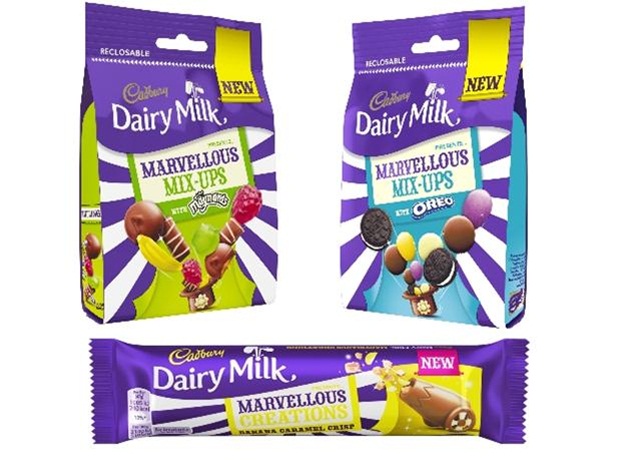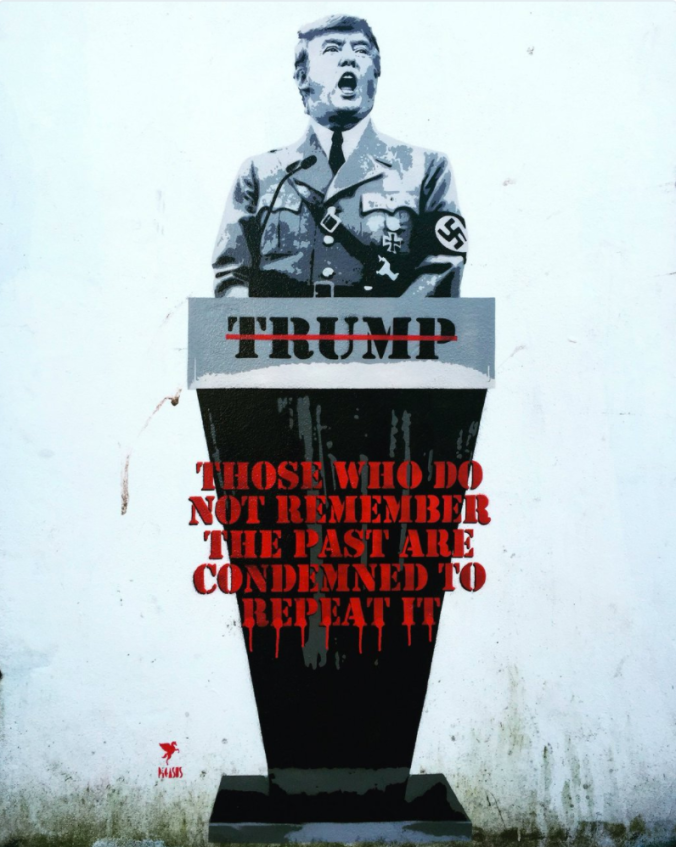Last year I had the amazing opportunity to be an intern as a graphic designer at a humble Private Label creative agency working in branding, brand strategy and packaging design. This experience sparked in me an interest in how brands can come to life through visual concepts and working together to truly communicate the nature of a product. I came to the conclusion that I have to always think critically about how a product is perceived as well as what I will do when I myself develop as a design professional.
This prompted me to do some research about some people in the design agency who work as the minds behind the bigger brands that we interact from day to day, yet never hear much about. One that caught my attention was a man named Gush Mundae.
Mundae was once a graphic design student who then went on to become the founder of Bulletproof Creative Agency. What differs their approach to marketing and design is the disciplines they use to eventually give the best face forward to the end-user. Bulletproof Creative Agency are known for using the latest ‘buzzword’ skills in the industry, using ‘shopper marketing skills’ in combination with great design ability and branding and packaging allow them the opportunity to work with clients such as GSK, Coca-Cola, Schweppes, Kenco, Heineken, Bacardi, Strongbow and Cadbury[1]. This sort of Participatory design[2] is what I aspire to waork with in the future and I am inspired by Mundae’s mindset in working together with clients and not for clients to create a product from conception.

An example of the work he has created in with Bulletproof is the challenge of creating the brand platform for “Cadbury Marvellous Creations” which could work globally across several different categories. A brief such as this is complicated as there is a tension formed by the need to disrupt the category conventions of chocolate while still maintaining the Cadbury brand values. This campaign can be considered a success as they played a part in helping Cadbury Marvellous creations become a £49.7M power brand in the UK alone within its first year. [3]
Parallel movements to this modern day age of consistently evolving brands and innovations is the Maker Movement.[4] During my experience working as an intern creating private-label brands or “Phantom Brands”, I was able to observe the process by which technology is used at first to conceptualise a project, working together with a client to reach the end product vision, and then analyse the vision on the end-user perspective based on consumer behaviour. Similarly to the maker movement, we worked to create 3D images which would be translated into real products. Furthermore, there was an element of remix and shared collaboration with other designers outside of the agency, and there was a consistent use of end-user feedback to create the final product.
[1] Source: http://www.wearebulletproof.com/
[2] Matthew Holt (2015) Transformation of the Aesthetic: Art as Participatory
Design, Design and Culture, 7:2, 143-165, DOI: 10.1080/17547075.2015.1051781
[4] Mark Richardson, Susie Elliott and Brad Haylock,(2013) “This home is a factory: Implications of the Maker movement on urban environments”. Vol 5, Craft + Design Enquiry
